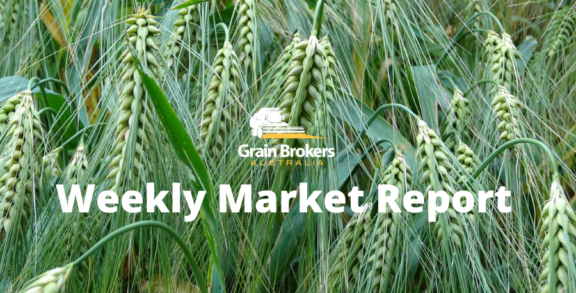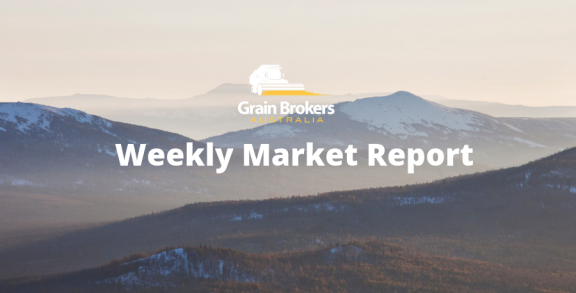Weekly Tropical Climate Note and map of Australia with Rainfall Deciles for past month (June).
Increased tropical activity over the western Pacific Ocean
Over the past week, tropical activity has been enhanced over the western Pacific Ocean, southeast Asia and the far eastern Indian Ocean. Super Typhoon Neoguri—currently impacting Japan’s Okinawa islands—is forecast to move slowly north and then northeast, making landfall over southwest Japan within the next 48 hours. Typhoon Neoguri is expected to weaken somewhat before making landfall, but is still expected to be typhoon strength on landfall.
The Madden Julian Oscillation (MJO) has become week and indiscernible this past week, with other large scale tropical wave activity influencing the weather over the northwest Pacific Ocean, enhancing convection in the region. Most dynamic climate models suggest a renewed MJO signal will develop over southeast Asia, to the north of Australia in coming days, and then move slowly eastwards into the western Pacific. This indicates tropical convection is likely to remain enhanced over southeast Asia and the northwest Pacific this week, elevating the risk of tropical cyclone development across the region.
See the Bureau’s MJO Monitoring for more information on location and tracking of the MJO.
Some more El Niño-like patterns emerge, but no El Niño yet
While the tropical Pacific Ocean surface temperature is currently at levels typically associated with a weak El Niño, waters below the surface have cooled and atmospheric patterns continue to remain neutral. However, recently there have been some small indications of an atmospheric response to the warm ocean temperatures—the Southern Oscillation Index (SOI) has fallen rapidly over the past fortnight. These changes would need to persist for several weeks in order for an El Niño to become established, and it remains possible they are simply related to shorter-term weather variability.
Most climate models surveyed by the Bureau continue to indicate El Niño is likely to develop later this year.
Hence, the Bureau’s ENSO Tracker remains at El Niño ALERT, indicating at least a 70% chance of El Niño developing in 2014.
The latest sea surface temperature anomaly across the NINO3.4 region (in the central Pacific) is +0.4. The 30-day SOI value to 6 July is –3.3.
During an El Niño, the northern wet season and monsoon typically arrive later than normal, with northern Australia tending to have lower than usual rainfall from September through January. El Niño is also associated with below normal rainfall across large parts of southern and inland eastern Australia during the second half of the year. The southwest Indian monsoon often brings less rainfall than usual during El Niño years.
See the Bureau’s ENSO Wrap-Up for official information about the current state of the El Niño-Southern Oscillation, and to learn more about El Niño.
The latest Weekly Tropical Climate Note is now available from the Bureau’s website.

Information courtesy of the Bureau of Meteorology.





